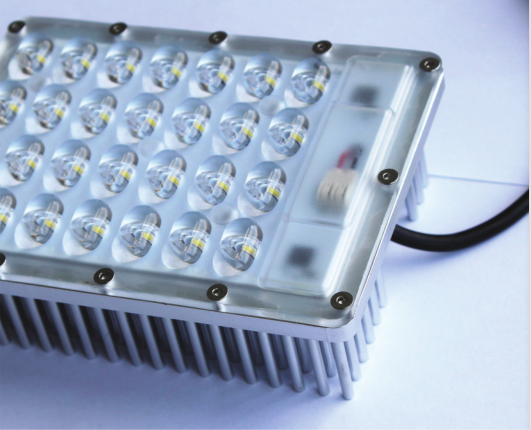Copper preparations have a good effect in the prevention of general invasive diseases, but must be clearly noted. Copper ions can inhibit the growth of bacteria and fungi, so many antibacterial pesticides contain copper. The copper that is sprayed on the plants does not have fluidity and is therefore not absorbed by the plants. In the case of weakly acidic dew or rain, the copper element will exist in a positive 1 or 2 ionic state, and when the copper ions come into contact with bacteria, fungi or their spores, they will penetrate the cell wall and interfere with the cell. Enzyme activity in the body destroys cell growth. Since the copper element sprayed on the plant does not have fluidity, the use of copper-containing pesticides in the plant young days will decrease the plant growth as the plant grows and the leaf area is greatly enlarged, so it is necessary to reuse it if necessary.
In today's copper-containing pesticide formulations, the copper compound typically comprises from 8% to 75% and is present in one of the following ways: copper oxychloride, copper hydroxide, copper sulfate, copper tetraammine and copper oxide. Different ways of existence will make pesticides have different expiration dates, and copper oxide has the best effect in terms of failure caused by rain or watering. The general copper-containing pesticide formulations often have impurities such as cadmium and lead, and the cheaper the pesticide content, the higher the adverse effects on the growth of the plant.
The pesticide is sold as a wettable powder or granule, a liquid or a suspension. The finer the copper particles, the larger the amount of pesticide can cover the larger surface area of ​​the plant, giving the plant better protection. The fine particles have better adsorption power than the larger particles, and they are more weather-resistant.
Most of the copper-containing pesticides have a pH value between pH 6 and 7. When the pH value is low, the solubility of the copper component increases, and excessive copper ions can cause damage to the plant, in the fruit or plant stem. Some dark brown spots on the surface. Among the various components, copper hydroxide has the highest solubility, followed by copper oxychloride and copper sulfate, and copper oxide has the lowest solubility. Generally, the efficacy of pesticides containing lower soluble copper components is better. When using copper-containing pesticides, it is forbidden to adjust the pH value of the solvent below PH6, because a large amount of copper and other impurity metal ions can enter the plant and the fruit, which may cause phytotoxicity to the plants. In the actual application process, you should pay attention to the following points:
1. It should be used before the onset of bacterial or fungal conditions.
2. When using, adjust the pH of the pesticide to 6 or above.
3. Spread the leaves and fruits of the plants evenly.
4. The effect of the drug will decrease with the growth of the plant, and there will be a reduction in the wet season, so it should be reused.
5. The smaller the particle size of the pesticide, the better the effect and the longer the effective period.
6. Avoid mixing with other pesticides.
7. Avoid using when the temperature is high.
8. The low concentration of pesticides is better than the high concentration.
The unique acicular radiator,360 degree dissipation small wind resistance. High heat dissipation efficiency ensuring that the LED chip can work for 50000 hours.
Color temperature 3000-6000K
Light≥90LM/W
Matching the 2.3.4 lane,tunnel and Landscape Lamp,floodlight dedicated lens.Ensure that intensity and uniformity.
Glare index Signification reduce the original LED module size,removal of power supply problems.Low demands for application situation and installation personnel More suitable for the transformation of traditional lamps.

Technical parameters
Power :30W,30W,15W,15W
Structure size: 135×100×40 mm, 208×74×49 mm, 125×58×30mm, 380×40×25mm
Lens size: 135×100 mm, 186×64 mm, 125×58mm, 355×40mm
Input voltage: 220 V, 220 V ,220 V, 220 V
Input current: 0.132 A, 0.132 A ,0.123 A, 0.125 A
Luminous flux: 2760 LM ,2400 LM ,1230 LM ,1300 LM
Light effect: 92 LM/W 80 LM/W 82 LM/W 86 LM/W
Color temperature: 5000 K 5000 K 5000 K 5000 K
Power factor: 0.99 PF 0.98 PF 0.98 PF 0.99 PF
Working temperature: -40+50°C, -40+50°C, -40+50°C ,-40+50°C
Led Module,Led Modules For Signs,Led Module Bulb,Led Modules For Signage
Jiangsu chengxu Electric Group Co., Ltd , https://www.chengxulightings.com
